Using mango residues to feed animals is an alternative to the environmental issue, which at the same time helps to reduce feed costs.
Residues of the production and industrialisation of mango can be used to feed animals. It is a good source of energy, although its low protein content and the presence of antinutritional factors need to be considered carefully. This article reviews the characteristics of this by-product and gives recommendation on its storage, treatment, and inclusion in diets for different livestock species.
Mango (Mangifera indica) is a fruit tree present throughout the tropics. Although it is not usually considered to be a forage tree, it can also supply forage for animal feeding.
The worldwide production of mango reaches, approximately, 40 million tons per year. Of such total, only 3% is exported to other countries, with the remaining 97% being for local consumption.
In the industrialisation of mango, 35 to 60% of the total produced constitutes residues. They include peel, seed, discarded low-grade fruits, and pulp from the juice industry. All these residues represent a large volume of organic matter that has an important impact in the environment.
Using mango residues to feed animals is an alternative to the environmental issue, which at the same time helps to reduce feed costs.
Mangoes contain a large percentage of soluble carbohydrates, fatty acids, proteins, and vitamins. It also contains phytonutrients, such as carotenoid-antioxidants and polyphenols.
It is very palatable and accepted by birds, pigs, and ruminants. Ideally, it should be administered to animals as is. However, fresh mangoes decomposed very quickly,
Mango production occurs in a specific time of the year, which generally coincides with the rainy season and, hence, with good availability of forages. Therefore, it is abundant in a moment when it would not be so necessary. Prolonged storage is not possible, since it decomposes quickly, losing its quality.
Researchers have looked at possible techniques for preserving mangoes, maintaining as much as possible their nutritional properties. The most common ways to preserve this product are silage and dehydration. Dehydration is not possible in very humid climates; in those conditions, it is recommended to opt for ensiling the mango by-products. Silage is a low-cost option, which does not require large infrastructure; it can be utilized as a supplement or as a diet base.

Mango seeds are voluminous and with a high fibre content (>20%), mainly located in the fibrous, hard cover. It contains a grain rich in oil (6 to 16% of the grain’s dry matter) and starch (40-50%). They are a valuable energy resource, although they are low in protein (<10% of DM) (Table 1).

Furthermore, mango seeds supply a great quantity of minerals, such as magnesium, potassium, phosphorus, calcium, and sodium. The seed does not have toxic effects, however it has some antinutritional factors, such as oxalates and tannins.
Mango seeds can be used fresh, dry or ensiled. Ruminants can tolerate concentrates with up to 50% of mango seeds, without presenting adverse effects. In case storing the seeds gains, they should be desiccated to avoid rancidity.

Mango peels could be offered as is, dehydrated, or ensiled. Due to their high content in sugar, they are very palatable, especially for ruminants. It could be considered as an energetic ingredient.
The digestibility of mango peels in ruminants is between 70 and 75%. Due to its low protein content, the addition of a source of nitrogen or protein is necessary for an efficient utilization of dietary energy.
To produce a good silage, mango peels should be mixed with dry ingredients (e.g. hay) and a source of nitrogen. This will facilitate the fermentation (Sruamsiri et al., 2009).
The nutritional composition of industrial by-products of mango are extraordinarily variable. This is because they can derive from different mango varieties, and because they may contain different proportions of seed, peels, and pulp. Therefore, it is difficult to give precise, or even representative, compositions for mango subproducts.
As a rule, mango byproducts have low protein content, below 10%, and sometimes even below 5%. However, the ME is high, sometimes being able to match maize silage.
Residues of industrial juice extraction (which contains peel, pulp, whole seeds, as well whole fruits) can reach ADF higher than 20 %.
Mango seed grains are rich in tannins. When included as a main ingredient in pig and poultry diets, they lead to a progressive reduction in growth rates, as well as a lower efficiency in feed conversion.
They also contain
There are various treatments to eliminate tannins and cyanogenic glycosides, for example soaking, ebullition, HCL treatment, NaOH treatment, autoclave sterilisation, or the treatment with HCl followed by Ca(OH)2.
 Different publications demonstrated that digestibility of the mango seed grains is high (close to 70%). However, its palatability is low, possibly to the high content in tannins. Ruminants prefer better the peel, fruit and its silage, to the seeds.
Different publications demonstrated that digestibility of the mango seed grains is high (close to 70%). However, its palatability is low, possibly to the high content in tannins. Ruminants prefer better the peel, fruit and its silage, to the seeds.
Regardless the form in which mangoes are fed, it should be remembered that they have a low protein content, so it should be accompanied by a protein source.
Sanon et al. (2013), demonstrated that a ration composed of 10% grains, mixed with Mango peels, rice straw and urea supplement, resulted in acceptable weight daily gains in sheep.
Same as other fruits of similar size, mangoes can be dangerous to livestock is swallowed whole. They can lodge in the oesophagus, causing obstruction and consequent bloating.

Whole mangoes are very palatable for pigs. However, the administration of mango seed grains is not recommended because of their high content in tannins. Mango silage can be useful to feed the animals outside mango season. Dry mango peels can be included in finishing diets at a 10% rate, without negative effects on feed conversion efficiency or animal performance (Rao et al., 2003).
 In broilers, the inclusion of uncooked mango seed meal, at a 5 to 10% rate, reduced the bird’s growth rate. The nutritional value of mango seed grains improved after ebullition treatment (Diarra et al., 2008).
In broilers, the inclusion of uncooked mango seed meal, at a 5 to 10% rate, reduced the bird’s growth rate. The nutritional value of mango seed grains improved after ebullition treatment (Diarra et al., 2008).
Boiling or sterilizing in autoclave reduce the presence of antinutritional factors, such as tannins and trypsin inhibitors.
Mango is one of the more consumed fruits worldwide. Its industrialisation results in a large volume of residues, which contributes to increasing pollution around cities and in water courses.
The utilization of mango residues to feed animals is a potential solution to this problem. However, it must be administered in appropriate form, depending on the species being fed. It is also necessary to consider the presence of certain antinutritional factors and its low protein content.
This article has been previously published in nutriNews Spain, with the title “Utilización del mango y sus subproductos en producción animal”
Subscribe now to the technical magazine of animal nutrition
AUTHORS
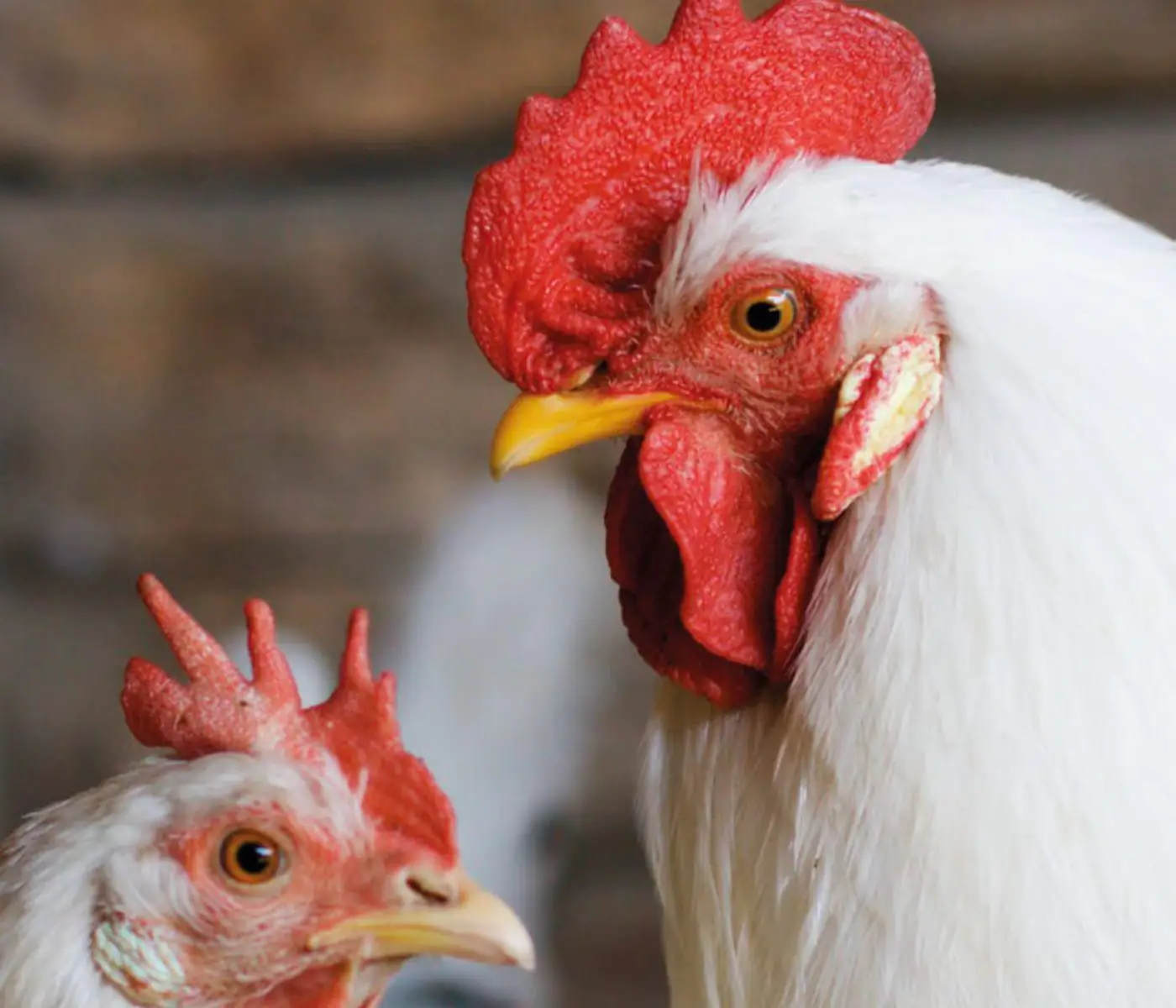
Nutritional Interventions to Improve Fertility in Male Broiler Breeders
Edgar O. Oviedo Rondón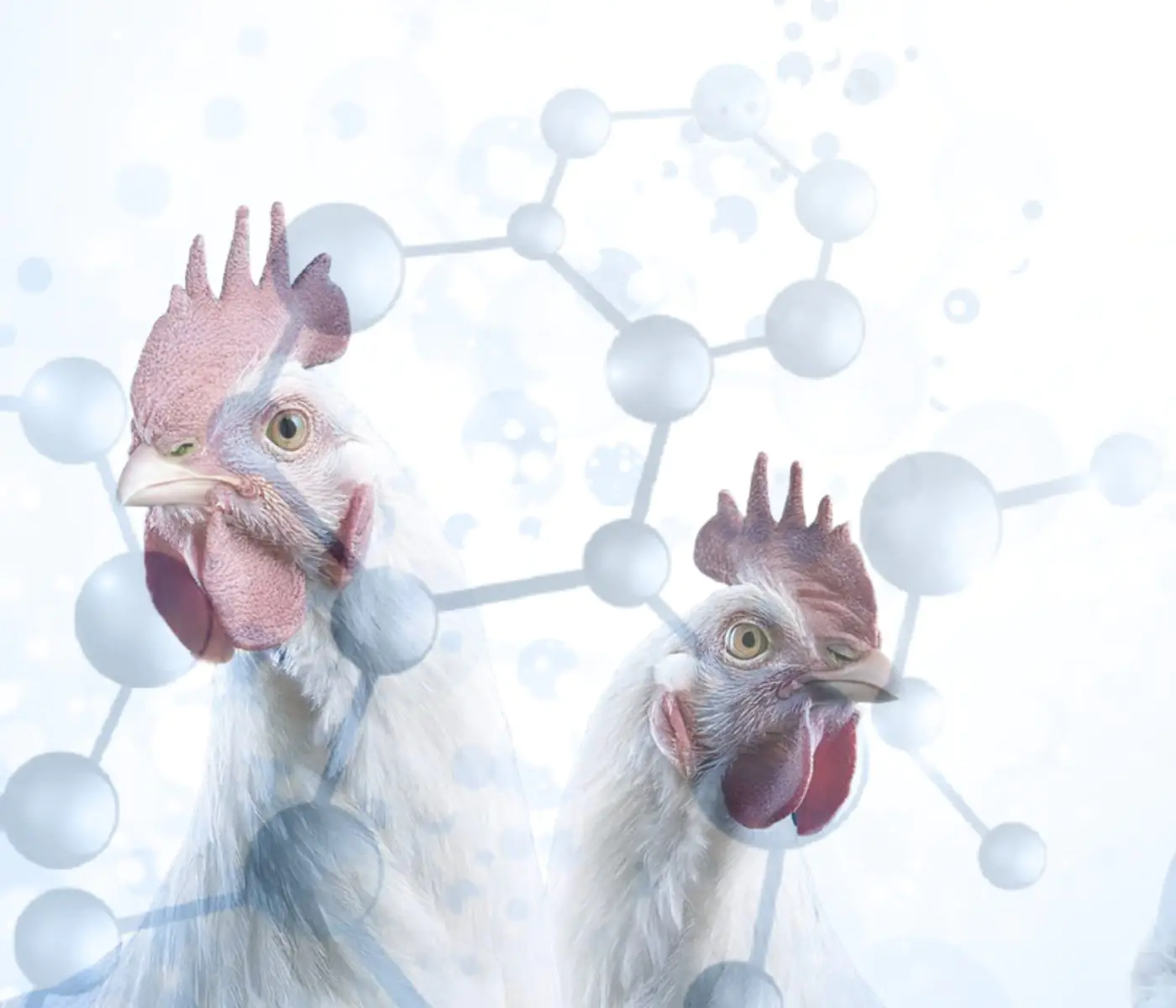
The Use of Organic Acids in Poultry: A Natural Path to Health and Productivity
M. Naeem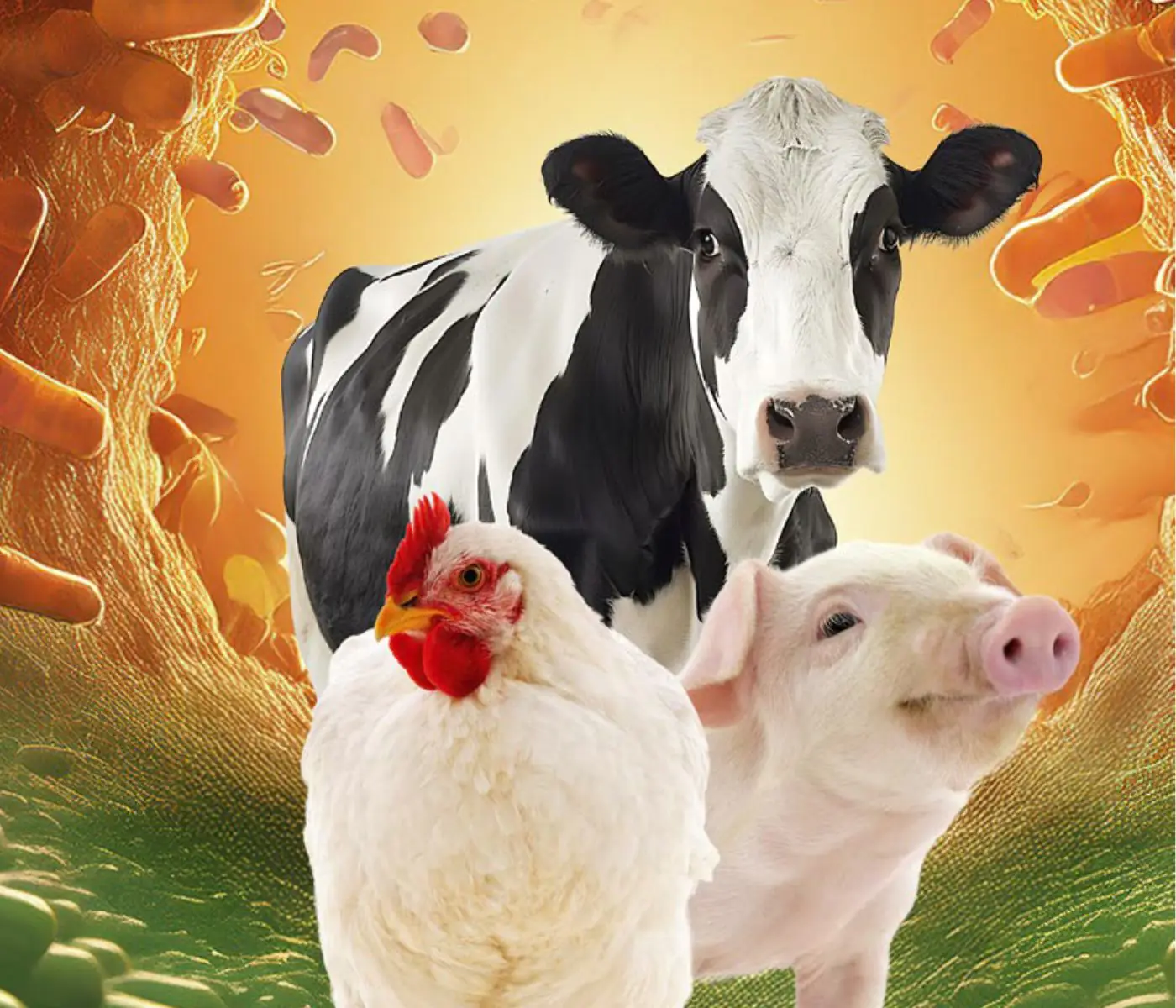
Synergistic Benefits of Prebiotics and Probiotics in Poultry, Swine, and Cattle
Gustavo Adolfo Quintana-Ospina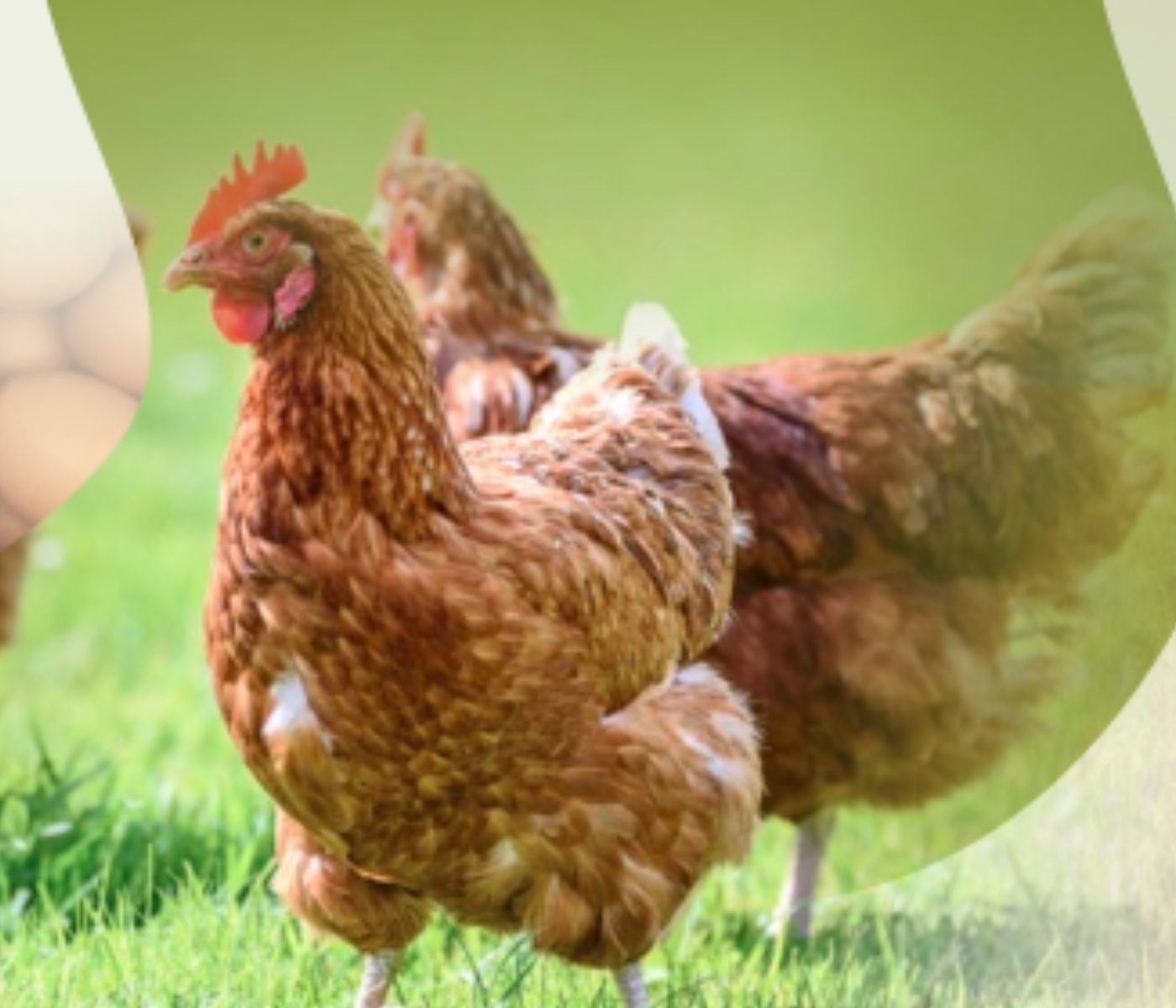
Hybrid Rye Potential in Laying Hen Feed Rations
Gwendolyn Jones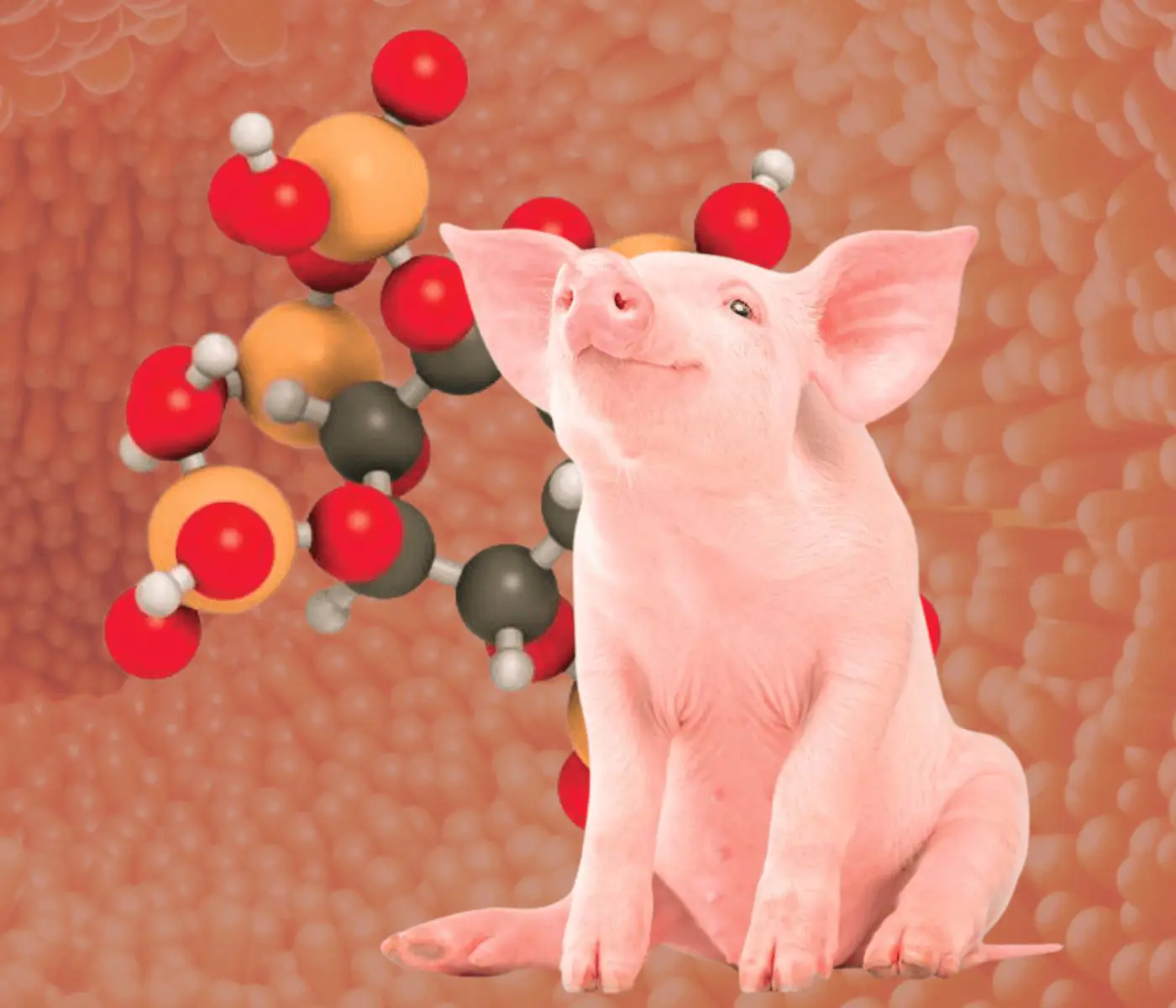
A day in the life of phosphorus in pigs: Part I
Rafael Duran Giménez-Rico
Use of enzymes in diets for ruminants
Braulio de la Calle Campos
Minerals and Hoof Health in the Pregnant Sow
Juan Gabriel Espino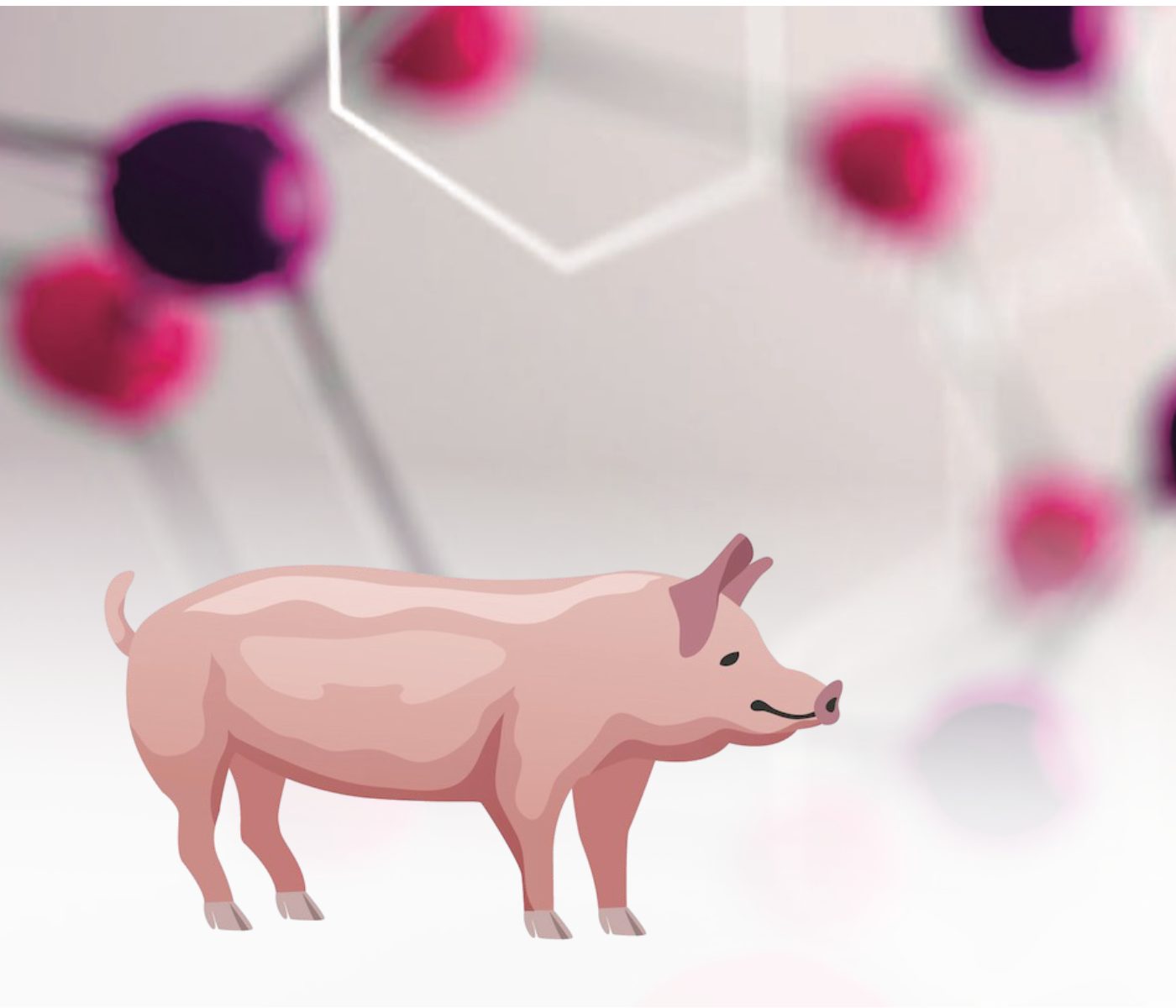
Impact of Oxidized Fats on Swine Reproduction and Offspring
Maria Alejandra Perez Alvarado